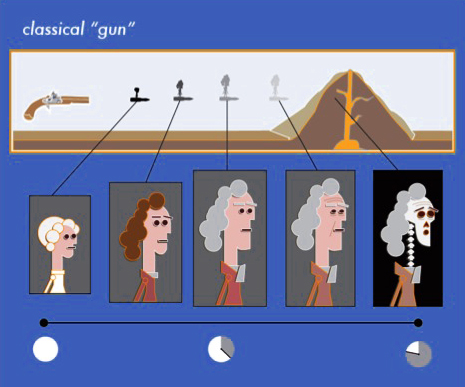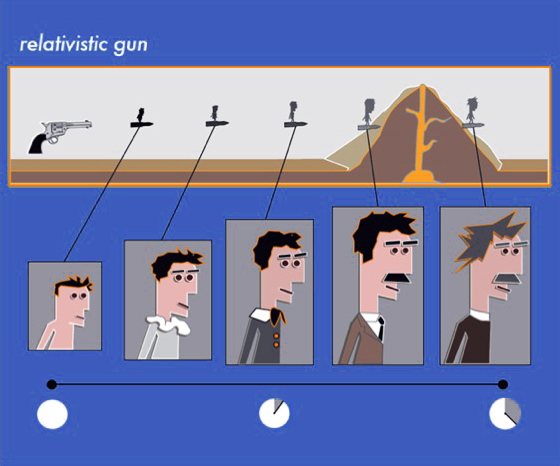TECHNIQUES OF MUOGRAPHY

MUON GENERATION IN THE ATMOSPHERE
MUON PROPAGATION THROUGH MATTER


MUON DETECTION
The primary task of the muography observation systems is to record the trajectories of incoming muons efficiently with a minimum power consumption and at the lowest costs. Three types of muon detectors have been used: (a) nuclear emulsion, (b) scintillation detectors, and (c) gaseous detectors.
When a charged particle passes through the nuclear emulsion incorporated into the first type of muon detector, part of the AgBr micro-crystals incorporated in the emulsion will record the muon trajectories and these trajectories can be read when the emulsion is later developed. The nuclear emulsion detectors have the major advantages of being able to function without any electric power, and thus they are used at locations where commercial electricity is not available. However, the nuclear emulsions integrate all muon events without recording timing information. Consequently, the most important criteria for selecting this detector scheme depend on (a) whether the desired muographic image should contain time information, and (b) the availability and affordability of the commercial electricity.
With scintillation detectors, the events are recorded as a flash of light generated by the incident charged particles and subsequently detected by photo-multiplier tubes. Particle trajectories can be tracked by connecting two or more vertex points determined by the geometrical address of the scintillator bars and their corresponding timings. Unlike nuclear emulsion detectors, scintillation detectors yield the timing of individual events.
